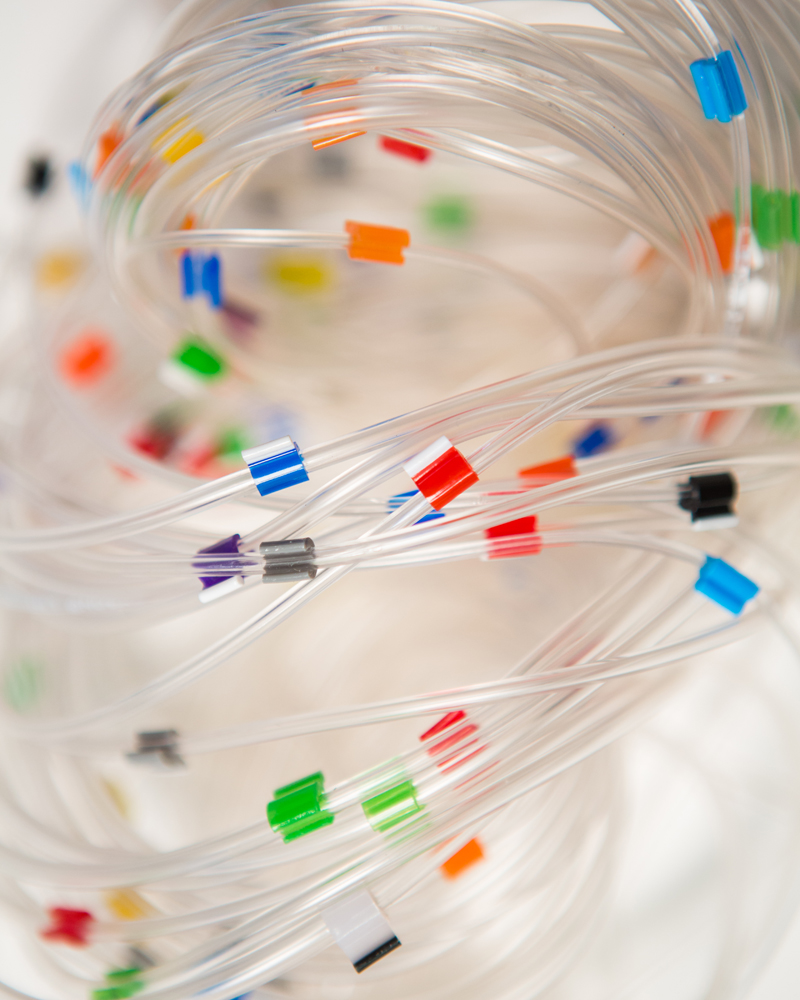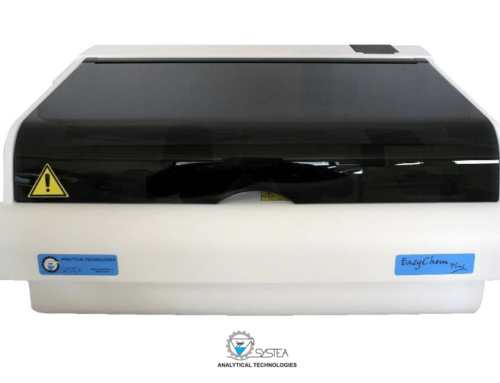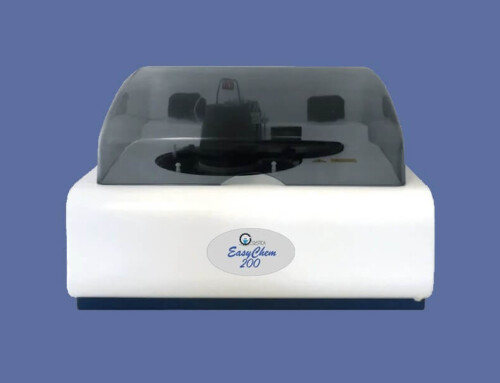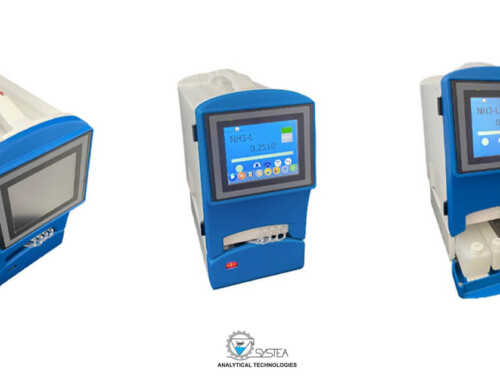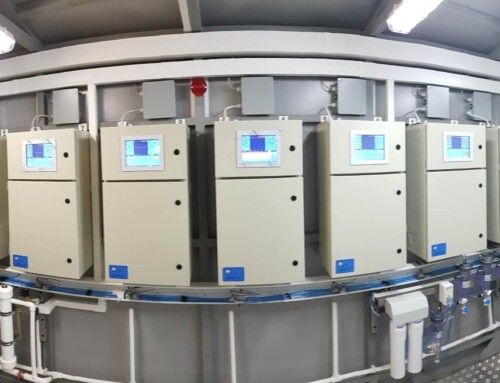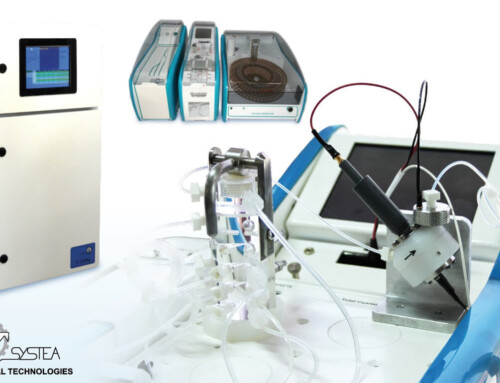As we mentioned in our last blog article, changing pump tube sizes for a method might be necessary when changing an analytical range or when developing new chemistries. The EPA has even weighed in on this matter with their “Flexibility to Modify CWA Methods” memorandum. They go on to outline specific modifications that no longer require case by case approval. For instance, the new regulations allow flexibility that includes:
- Changes between manual method, flow analyzer and discrete instrumentation
- Changes between automated and manual sample preparation such as digestions, distillations, and extractions; in-line sample prep is an acceptable form of automated sample preparation for CWA methods
- Changes in calibration range (provided that the modified range covers any relevant regulatory limit)
- Changes in equipment such as using similar equipment from a different vendor than that mentioned in the method
- Adjusting sample sizes to optimize method performance in meeting regulatory requirements
- Minor changes in reagents used where the underlying reaction and principles remain virtually the same.
The power of an autoanalyzer is the ability to run many ranges and diverse matrixes, but you still need to make a decision of the concentration of the standards based on your analytical range. A generic range may be 0.050 to 5 ppm. This is based on the ratio for the reagents to the SFA sampling pump tube or FIA loop size. The EPA and ASTM methods, for instance allow modifications in the reagent to sample size if the reagents recipes stay the same. So, if you need to lower the range to 0.001 to 0.500 ppm then you will need to increase the size of the sampling pump tube and decrease the amount of the reagents. This will maximize the color response and often quiet the baseline so the smaller peak is easier to resolve. On the other hand if you need to run 1.00 to 200 ppm you would do the opposite and increase the amount of the reagents and decrease the size of the sample pump tube line (or FIA loop). This effectively dilutes out the sample to allow higher concentrations to be in range. This can increase noise but it does not matter since the response of the peak is so large the peak to noise ratio stays within tolerances.
If you have any questions, give us a call at 541-387-0343.


